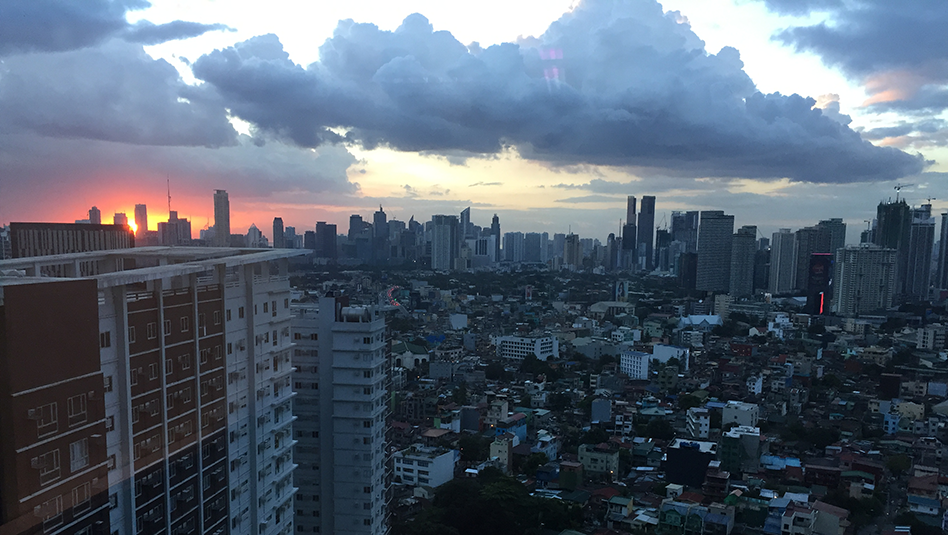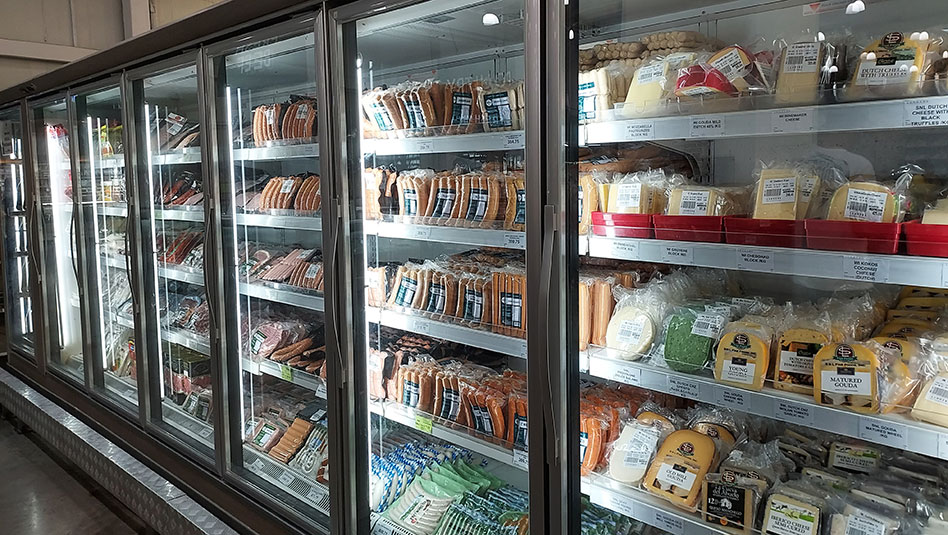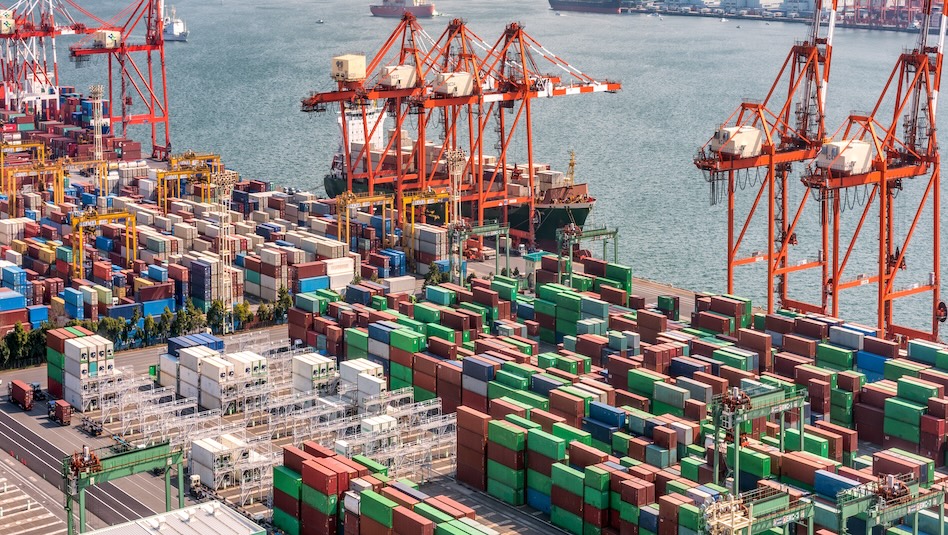2023 SONA Highlights: Concrete Steps, Bright Spots
Following President Marcos Jr.’s SONA, the country’s economic managers weighed in on how the present administration plans to achieve its medium-term targets. We rounded up three key themes that emerged. (Last of two parts)

We have listed down the highlights of the recently concluded State of the Nation Address (SONA) last Monday where the president reported the developments so far in his first year of stay.
The overall tone being conveyed is clear: the country has overcome last year’s headwinds. Inflation is on its way down and economic growth has remained robust. Now, the country is said to be onto economic transformation to achieve inclusivity and to sustain its growth momentum.
The question now is, how do we get there? Last Tuesday, cabinet members of the current administration’s economic team convened to discuss the specifics post-SONA, taking off from what were outlined during the more-than-an-hour speech on matters related to the economy.
We cite three main themes out of our key takeaways from last Tuesday’s post-SONA briefing on the current administration’s economic thrusts: 1) ensuring sound macroeconomic fundamentals; 2) enhancing fiscal capacity through various reforms to boost infrastructure spending; and 3) maximizing government efficiency and enhancing ease of doing business through digital transformation.
Let’s deep dive on each theme:
1. Ensuring sound macroeconomic fundamentals
Raising policy rates by a total of 425 basis points (bps) since May 2022, the BSP has delivered the most aggressive tightening among its regional peers and has successfully brought headline inflation to a downtrend for five consecutive months now. While the BSP was previously compelled to match the Fed hike-for-hike for most of last year, a more stable peso has also afforded the central bank some room to ease its tightening. Year-to-date, the peso has gained 2.13% versus the dollar (making it the second best performing Asian currency next to the Indonesian Rupiah).
Finance Secretary Benjamin Diokno cited that the Philippines is fortunate to have maintained a steady source of dollar income from OFW remittances, BPO revenues, and tourism—making it easier to build up external buffers. Gross international reserves (GIR) have been more than adequate, covering 7.4 months’ worth of imports and 5.7 times the country’s short-term external debt. These levels substantially surpass what has been deemed sufficient, which is at least three months’ worth of imports and 100% of short-term total external debt. The Finance chief also underscored that that it is ideal for the peso to remain “competitive”— not too weak, nor too strong that it makes our exports too expensive. As it stands, favorable macro fundamentals continue to ease pressure off the peso and in turn, grant the central bank ample space to maneuver and implement policies that are supportive of growth.
Philippine banks are also seen as one of the bright spots of the economy, as their resilience is supported by soaring profits, satisfactory loan quality, good capitalization, sustained deposit growth and expanding loan portfolio.
These strong macroeconomic fundamentals have been critical catalysts that steered the country back to its growth path amid the headwinds post-pandemic, and we remain optimistic that these will keep us on the right track.
2. Enhancing fiscal capacity
Touted as the most promising driver of domestic growth in the medium term, boosting infrastructure spending has taken the center stage of the government’s strategies to sustain the Philippines’ high-growth trajectory. It goes without saying that this infrastructure push, now under the “Build Better More” program, is likely to keep the government’s budget deficit relatively wide versus its ASEAN peers. True to the present administration’s Medium-Term Fiscal Program, the fiscal gap is expected to narrow very gradually through 2028, when it is expected to be at 3% of GDP.
In order to sustain the momentum from ongoing and ready-to-implement projects, DOF Secretary Diokno reiterated his optimism that priority legislations will soon be in place to enhance revenue take. These include excise tax on single-use plastics, digital transactions, sweetened beverages, and prospectively, junk food and carbon emission, among others. Reforms on the military and uniformed personnel (MUP) pension system, which is poised to be approved by year-end, will also be positive to the government’s bid to sustain ample fiscal space.
Currently, sources of funding for infrastructure projects have been estimated to be 55% from Official development assistance (ODA), 10% from the national government’s budget and 30% from Public-Private Partnerships (PPP). The country’s economic managers are sanguine about the Maharlika Investment Fund (MIF), which Secretary Diokno expects to be in operation early next year, as it is seen as a new source of funding for these projects.
Overall, the government estimates that these reforms will bring in PHP 1 trillion in additional revenue.
We agree that infrastructure development is an immediate prerequisite to bring the country to even greater heights, and we hope that these projects will reap us high returns in the future to maximize public funds devoted for infrastructure. We also look forward to seeing the higher spending planned for social services and protection programs, climate change adaptation, and energy in the 2024 budget that shall future-proof the country towards its transformation.
3. Maximizing overall efficiency and enhancing ease of doing business through digital transformation
Economic managers in the post-SONA briefing have highlighted digitalization’s role in the efforts to achieve higher productivity, and the headways so far in institutionalizing digitalization initiatives and in laying down the groundwork.
For instance, Executive Order (E.O.) 29 that strengthens the integration of financial management and information systems and streamlining processes has been recently signed. This is an amendment to E.O 55 in 2011 that will enable greater financial management and improve cash management.
In the digital payments area, the BSP launched in 2020 its digital payments transformation roadmap – the blueprint for achieving an efficient, safe, and inclusive payments ecosystem. As of 2023, it has achieved significant strides with the national QR code standard implemented and cross-border linkages and interoperable Bills Pay PH established, among others. These will be instrumental as the country strengthens its recently established trade partnerships (e.g., RCEP).
Digital transformation is hoped to improve the ease of doing business – and it must deliver to maximize investment gains. Private sector representatives in the post-SONA briefing have cited ease of doing business as a long-standing bottleneck for the private sector and the need to streamline processes.
While strides have been achieved, there is so much left to be done. The National ID system, which is the core of this digitally transformed network of government services and payment systems, is at 87% registration. After several extensions, SIM card registration is still at 60% of total active SIMs in the country. Moreover, there is still a lot to work on in improving internet connectivity which is aimed to be addressed by the lined-up infrastructure projects on enhancing connectivity.
Sound macroeconomic fundamentals have been laid down and reforms anchored on the economic agenda and the fiscal framework are underway.
More work remains and we look forward to seeing considerable progress in making the promise of an inclusive and sustainable economic transformation within reach.
INA CALABIO is a Research & Business Analytics Officer at Metrobank in charge of the bank’s research on industries. She loves OPM and you’ll occasionally find her at the front row at the gigs of her favorite bands.
PATTY MEMBREBE is a Financial Markets Analyst at Metrobank – Institutional Investors Coverage Division, under the Market Strategy and Advisory Section. She communicates strategies on fixed income, rates, and portfolio solutions for our high-net-worth individual and institutional clients. She holds an AB Economics degree from Ateneo de Manila University and is currently pursuing graduate studies. In her free time, she enjoys watching indie films and attending gigs to support local indie music.







 DOWNLOAD
DOWNLOAD




 By Ina Calabio and Patty Membrebe
By Ina Calabio and Patty Membrebe